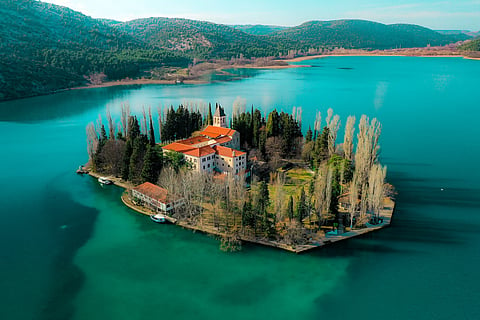

In the cold winters of Croatia’s mountain regions, an unusual concert plays across the frozen landscape. When people step onto some of the country’s icy lakes — like those in Plitvice Lakes National Park — they hear deep, echoing booms that sound like distant drums or even laser-like twangs. The ice itself seems to sing. But how can a frozen lake make music?
The secret lies in physics. When temperatures drop, the surface of the lake freezes first, forming a thick sheet of ice. Beneath it, the water is still liquid. As the air temperature continues to change, the ice expands and contracts, creating tiny cracks and shifts. These movements release vibrations that travel through the frozen surface. Depending on the thickness of the ice, the vibrations can produce high-pitched chirps, low rumbles, or rhythmic booming sounds.
Sound travels faster through solid ice than through air, which makes the tones sharper and more resonant. The size of the lake also matters — larger lakes can produce deep, drum-like echoes, while smaller ones sound more like plucked strings.
Each winter, tourists and locals gather to listen and record the strange sounds, which can last for days. Scientists compare the phenomenon to the way a drum skin vibrates when struck — except, in this case, the entire lake becomes the drum.
Croatia’s musical lakes are a reminder that even the coldest, quietest places on Earth have their own rhythm — one that only appears when nature’s orchestra freezes into tune.